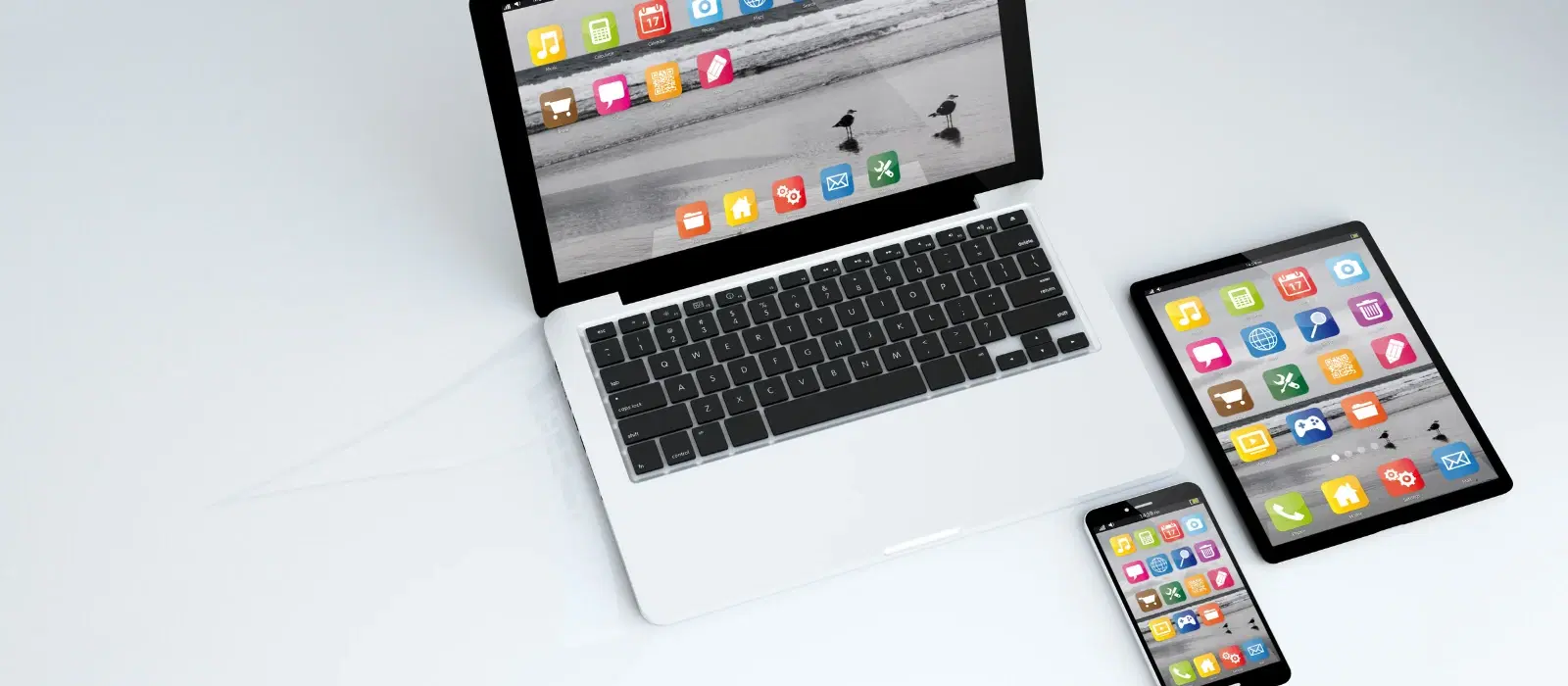
Consumer Electronics
•04 min read
Imagine effortlessly transferring files, syncing your smartphone, or even sharing your phone’s internet connection with your laptop—all using a single USB cable. This guide explores how to connect mobile to laptop with USB cable, shedding light on everything from basic file transfers to more advanced features like USB tethering. Read on to enhance your digital experience with clear instructions and troubleshooting tips, while also discovering the added value of NeuCoins rewards when you shop smartly on Tata Neu.
Connecting your mobile to your laptop opens up a host of possibilities. You can quickly transfer photos, documents, and other media; charge your phone from your laptop; and even use USB tethering to share your mobile’s internet connection. Additionally, this connection helps in syncing your smartphone with your laptop to facilitate easy app management and data backup.
There are different types of USB cables available, such as USB-C, Micro-USB, and the Lightning cable. Each type caters to various devices, whether you have an Android or an iOS smartphone, or a Windows laptop. This diversity ensures you have the right cable for your needs, making it easier to connect your smartphone to your computer via USB.
Before you start, check that your USB cable is fully functional and that your laptop’s USB port is operational. For Android users aiming for enhanced features, enabling USB debugging can be useful. Ensuring these basics helps pave the way for a smoother connection process.
Once your devices are ready, plug the USB cable into your mobile and laptop. On your phone, a prompt will appear asking you to choose a connection mode such as File Transfer (MTP) or USB Tethering. Selecting the appropriate mode allows you to access your mobile files directly on your laptop’s file explorer—a real asset for transferring files from phone to laptop.
Finding USB connection settings is usually straightforward. On Android, these settings might be found under a dedicated 'Connection Preferences' menu, while iOS might require a similar approach. On your laptop, adjusting file-sharing preferences helps ensure that everything is correctly set up for a smooth and secure connection. This simple configuration supports tasks like connecting smartphone to PC for file sharing without hassle.
If your device isn’t connecting, start by checking for any potential hardware issues—inspect your cable and USB port for damage. It’s also wise to confirm that your laptop has the necessary drivers installed. A quick restart of both devices can often clear temporary glitches that might be hindering a successful USB connection.
Sometimes, switching the USB mode on your phone can resolve connection problems. Additionally, ensure your smartphone’s software and the laptop drivers are up to date. Look out for any security prompts on your device that may be asking you to trust the computer, as these can sometimes be overlooked.
For those who are comfortable with advanced settings, activating developer mode on Android and enabling USB debugging can provide further control. In some cases, third-party tools can assist in resolving connection issues, offering an alternative pathway to fix persistent problems.
USB tethering allows you to share your phone’s internet connection with your laptop. This feature is especially useful when a secure and stable connection is required, often offering a more reliable alternative to Wi-Fi hotspots. It’s as simple as navigating to the mobile hotspot and tethering settings and enabling USB tethering.
Syncing apps and data between your smartphone and laptop becomes a breeze with a USB connection. This straightforward process helps ensure that all your important files remain up to date. Additionally, some third-party software can make this syncing process even smoother.
Did you know you can also charge your phone using your laptop? While USB power output might have certain limitations, this method is convenient in a pinch. Simple tips, such as ensuring the USB port provides adequate power, can help optimise the charging speed while connected.
Did you know that using a USB 3.0 cable can significantly speed up file transfers between your mobile and laptop? Ensure both devices support USB 3.0 for optimal performance.
Plug your phone into your laptop using a USB cable, select the desired connection mode such as File Transfer or USB Tethering, and access your mobile’s files via the laptop’s file explorer.
Make sure your cable and USB ports are working properly, check that the appropriate drivers are installed on your laptop, and consider enabling USB debugging on your phone if needed.
Use reputable third-party applications to mirror your phone’s screen onto your laptop. These applications use the USB connection to provide a smooth display experience.
Navigate to your phone’s settings, find the 'Developer Options' menu, and enable USB debugging. Then, when you connect your phone, opt for the 'File Transfer' mode to begin sharing files.
Yes, you can. Simply enable USB tethering from the 'Mobile Hotspot and Tethering' settings on your phone to share the internet connection with your laptop.
Connecting your mobile to your laptop with a USB cable unlocks a wealth of opportunities. Whether you need to transfer files, sync data, or share your internet connection, following these tips will guide you to a seamless experience. Remember, the benefits extend beyond simple connectivity—Tata Neu empowers your shopping journey with rewards in the form of NeuCoins, offering exclusive benefits that reward your loyalty and smart shopping decisions. Enjoy the convenience of merging technology with lifestyle, as you navigate the digital world with confidence and ease.